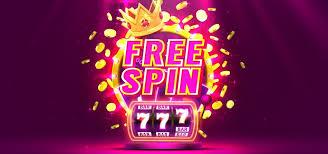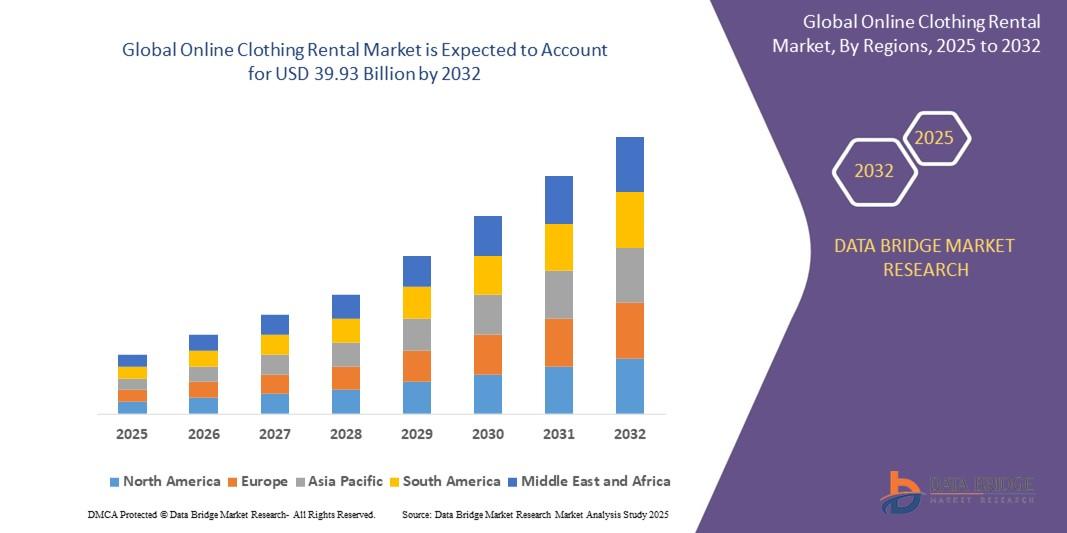Revolutionizing Creativity with AI Image Generator: The Future of Digital Art and Design
Introduction
In today’s digital era, technology has reached a point where imagination meets innovation. One of the most transformative technologies of this generation is the AI image generator. From artists to marketers, content creators, and designers — everyone is witnessing how AI is reshaping the boundaries of creativity. An AI image generator uses advanced artificial intelligence and machine learning algorithms to create realistic and artistic images from simple text prompts, redefining how visual content is produced.
This article explores what AI image generators are, how they work, their benefits, and their potential in the creative and business worlds.
What is an AI Image Generator?
An AI image generator is an advanced tool powered by artificial intelligence that can create images, art, and graphics based on textual input or reference data. Simply put, you describe what you want — such as “a futuristic cityscape at sunset” — and the AI produces an image that matches your description.
These tools use deep learning models, particularly Generative Adversarial Networks (GANs) or diffusion models, trained on millions of images. They understand shapes, textures, lighting, and artistic styles to generate visuals that look realistic or stylized depending on user preference.
Popular examples of AI image generators include DALL·E, Midjourney, Stable Diffusion, and Adobe Firefly. Each offers unique capabilities, allowing users to explore different art styles, from photo-realistic to abstract.
How Does an AI Image Generator Work?
An AI image generator follows a structured process powered by deep learning techniques. Here’s a simplified breakdown:
-
Text Input (Prompting):
The user provides a description or “prompt” — for example, “a snowy mountain with a cabin under the northern lights.” -
Natural Language Processing (NLP):
The AI understands the text prompt using NLP, breaking down words to understand concepts, styles, and context. -
Image Generation:
Using trained models, the AI combines visual data patterns to generate an image that aligns with the prompt. -
Refinement:
Many AI image generators refine the image using diffusion processes or feedback loops, enhancing quality and realism. -
Output:
The final result is a high-resolution image that can be used for design, marketing, or creative projects.
This process typically takes only a few seconds, enabling users to generate professional-grade visuals instantly.
Benefits of Using an AI Image Generator
AI image generators offer numerous advantages across industries. Below are some of the most impactful benefits:
1. Rapid Content Creation
Creating quality visuals manually can take hours or even days. With an AI image generator, you can produce unique images within seconds, drastically improving workflow efficiency.
2. Cost-Effective Design
Hiring graphic designers or photographers can be expensive. Businesses can save resources by using AI to generate custom visuals for marketing, social media, and advertising campaigns.
3. Endless Creativity
AI image generators allow users to explore limitless artistic possibilities. You can experiment with styles, lighting, and compositions that might be impossible to capture in real life.
4. Accessibility for All
Even without advanced design skills, anyone can use an AI image generator. With a simple prompt, beginners can create professional-quality artwork or digital designs.
5. Customization and Flexibility
Users can fine-tune their prompts, adjust styles, or modify existing images. This flexibility allows creators to align visuals with their brand or artistic vision.
Applications of AI Image Generator
AI image generators are versatile tools that can be used across various fields, including:
1. Marketing and Advertising
Brands use AI-generated visuals for product images, social media posts, and promotional graphics. It allows marketers to quickly adapt visuals for different campaigns and platforms.
2. E-Commerce
Online stores can use AI to generate lifestyle product images or variations without costly photo shoots, making the shopping experience more dynamic.
3. Film and Game Development
AI image generators help concept artists and developers visualize scenes, characters, and environments during the planning phase.
4. Education and Research
Teachers and students can create educational visuals, diagrams, or artistic interpretations of scientific concepts using AI-generated images.
5. Web Design
Web developers and UX/UI designers use AI image generators to create website mockups, background graphics, and banners.
Ethical Considerations and Challenges
While the AI image generator revolutionizes creativity, it also raises important ethical questions:
-
Copyright Concerns: Since AI learns from existing artwork, there’s an ongoing debate about ownership and originality.
-
Misinformation Risks: AI-generated images can sometimes be used to create misleading or fake visuals.
-
Bias in Training Data: If AI models are trained on biased datasets, the output might unintentionally reflect stereotypes or inaccuracies.
To address these issues, responsible use and transparency in AI-generated content are crucial. Many platforms now include watermarking or metadata to identify AI-generated visuals.
The Future of AI Image Generation
The future of AI image generators looks incredibly promising. With constant advancements in deep learning and visual synthesis, we can expect even more accurate, detailed, and customizable results.
AI image generators may soon integrate directly with virtual reality (VR) and augmented reality (AR), allowing creators to generate immersive environments in real time. Additionally, businesses will continue to leverage AI for branding, design automation, and personalized marketing content.
As technology evolves, AI will not replace human creativity — it will enhance it. Artists and designers can collaborate with AI tools to push the limits of imagination and innovation.
Conclusion
The AI image generator is not just a tool — it’s a gateway to a new era of creativity. By transforming simple ideas into stunning visuals within seconds, it empowers individuals and businesses alike to communicate, inspire, and innovate. From saving time and costs to unlocking new artistic possibilities, AI image generation has become an essential part of modern digital creation.
As we move forward, embracing this technology responsibly will allow us to blend human artistry with artificial intelligence, creating a future where imagination truly knows no bounds.
FAQs
1. What is an AI image generator?
An AI image generator is a tool that creates realistic or artistic images using artificial intelligence based on text prompts or data input.
2. How do AI image generators work?
They use deep learning models to analyze and generate visuals that match user descriptions, often through diffusion or GAN algorithms.
3. Are AI-generated images free to use?
It depends on the platform. Some offer free images with licenses, while others may require attribution or payment for commercial use.
4. Can AI replace human artists?
No. AI supports creativity but lacks emotional depth and human intuition. It’s best used as a collaborative tool.
5. What are the best AI image generators available today?
Popular tools include DALL·E, Midjourney, Stable Diffusion, and Adobe Firefly. Each offers unique styles and features for creators.







